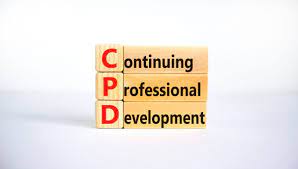Preparing for a teaching interview can be an exciting yet daunting task, as it is a significant step towards your dream job in education. In the competitive field of teaching, making a great impression during your interview is crucial. To help you stand out and showcase your qualifications effectively, Teach Starter offers invaluable resources, including printable teacher resume and portfolio templates.
A well-prepared resume and professional portfolio not only reflect your skills and experiences but also demonstrate your dedication and attention to detail to your potential employers. Here are some tips from Teach Starter’s blog on how you can prepare for a teaching interview:
1. Research the School: Understand the school’s values, curriculum, and any unique programs they offer. Familiarizing yourself with the school culture can help you tailor your responses to align with their expectations.
2. Practice Common Interview Questions: Be ready to discuss your teaching philosophy, classroom management strategies, and how you use assessments. Reflect on examples from your experience that illustrate your skills and adaptability.
3. Create a Professional Resume: Ensure that your resume is up-to-date, highlighting relevant experience, qualifications, and skills. Utilize Teach Starter’s printable resume templates to create a polished and professional look.
4. Develop a Portfolio: Build a comprehensive portfolio that showcases lesson plans, student work, certificates, and any other evidence of professional development or classroom success. Use Teach Starter’s printable portfolio templates to organize your materials effectively.
5. Prepare Your Own Questions: Show your interest in the role by preparing questions about the school’s community, professional development opportunities, or specific programs related to your area of expertise.
6. Dress Professionally: First impressions matter; dress appropriately for an educational setting to convey professionalism.
7. Follow Up: After the interview, send a thank-you note expressing your appreciation for the opportunity to interview and reiterating your interest in the position.
By utilizing these resources and tips from Teach Starter’s blog post on preparing for a teaching interview – which also includes both resume and portfolio templates available for print – you can enter your interview confidently knowing you are well-prepared to present yourself as the ideal candidate for any teaching position.





